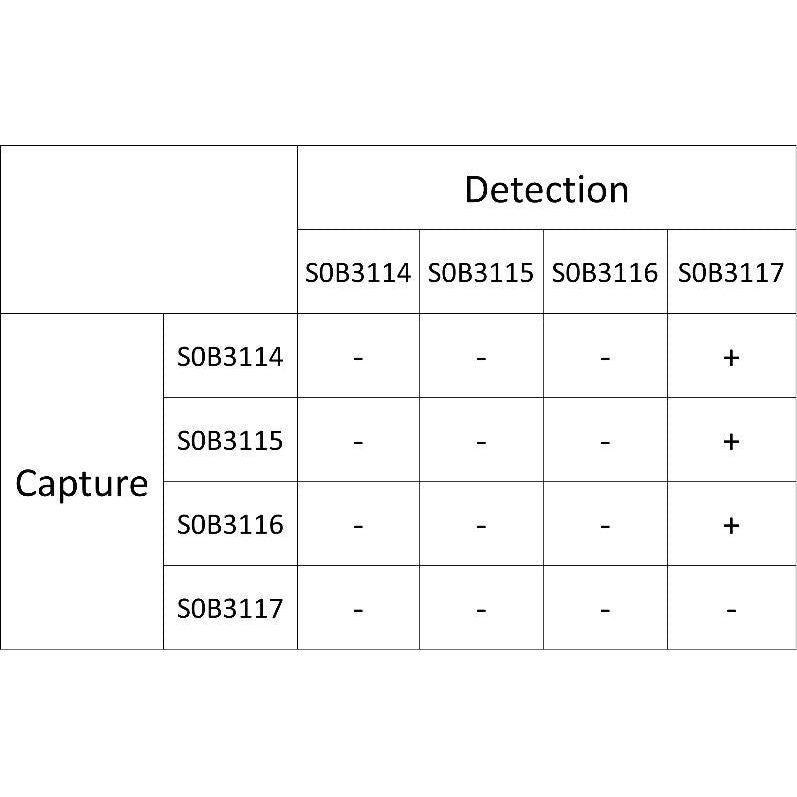Product Details
Product Details
Product Specification
| Host | Rabbit |
| Antigen | Antithrombin III |
| Synonyms | ATIII |
| Immunogen | Recombinant Protein |
| Accession | P01008 |
| Clone Number | SDT-294-303 |
| Antibody Type | Rabbit mAb |
| Application | Sandwich ELISA |
| Reactivity | Hu |
| Cross Reactivity | Does not recognize thrombin, PIC complex, tPA-PAI-1 complex |
| Purification | Protein A |
| Concentration | 2 mg/ml |
| Purity | >95% by HPLC |
| Conjugation | Unconjugated |
| Physical Appearance | Liquid |
| Storage Buffer | PBS pH7.4, 0.03% Proclin 300 |
| Stability & Storage | 12 months from date of receipt / reconstitution, 2 to 8 °C as supplied. |
Dilution
| application | dilution | species |
| Sandwich ELISA | N/A |
Background
Antithrombin III (ATIII) is a nonvitamin K-dependent protease that inhibits coagulation by neutralizing the enzymatic activity of thrombin (factors IIa, IXa, Xa). Antithrombin III activity is markedly potentiated by heparin, the principal mechanism by which both heparin and low–molecular-weight heparin result in anticoagulation. Thrombin–antithrombin complex (TAT) is a protein complex of thrombin and antithrombin. It is a marker of net activation of coagulation. TAT is formed in response to the high thrombin level caused by coagulation following a ruptured vessel. Since thrombin is rapidly bound by antithrombin, TAT is a useful measure for thrombin level in the blood. Thrombin can pass the blood–brain barrier, destroying neurons and potentially causing cerebral edemas. The half-life of TAT is approximately 15 minutes.
Picture
Picture
Paired Recommendations



